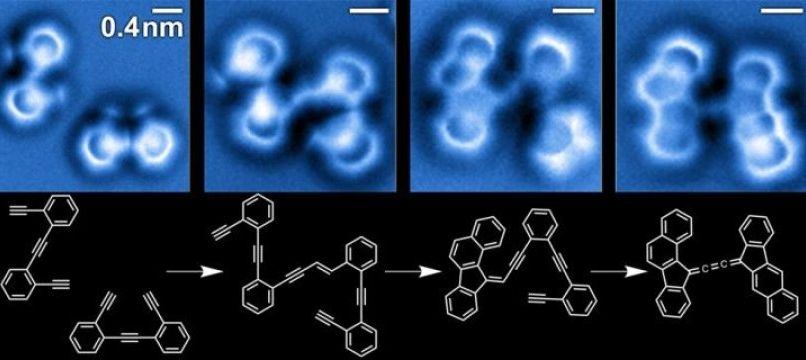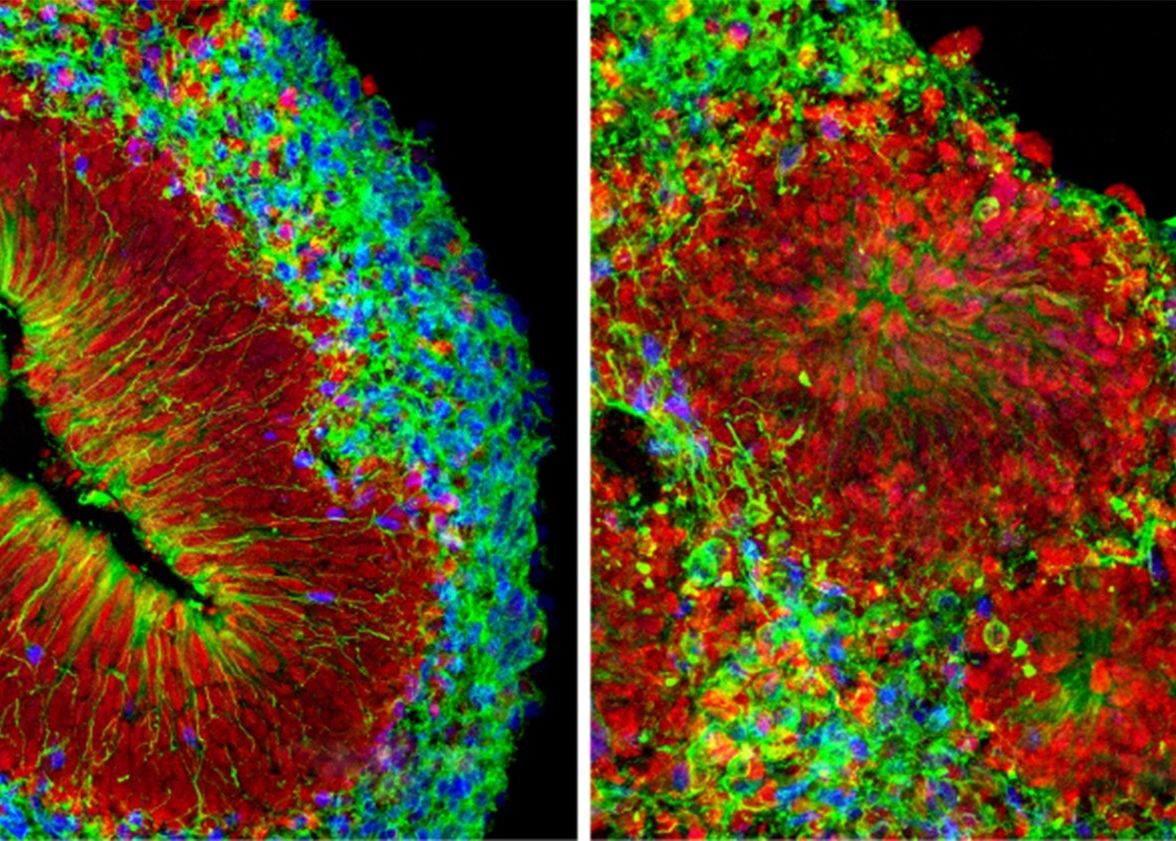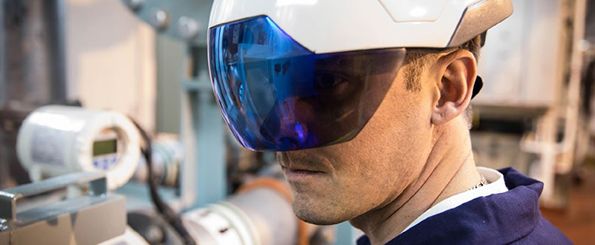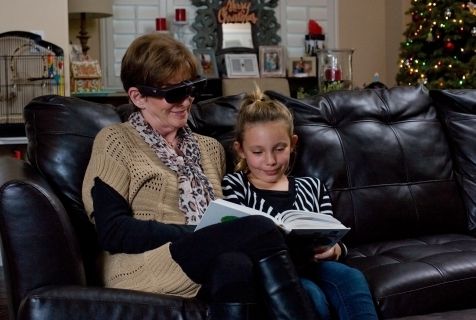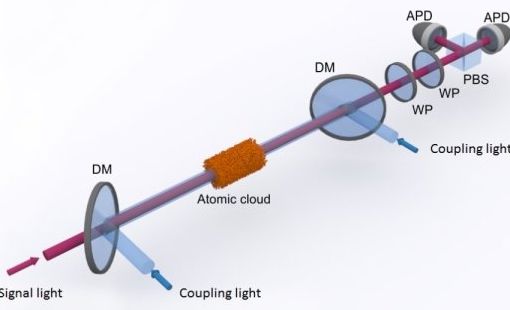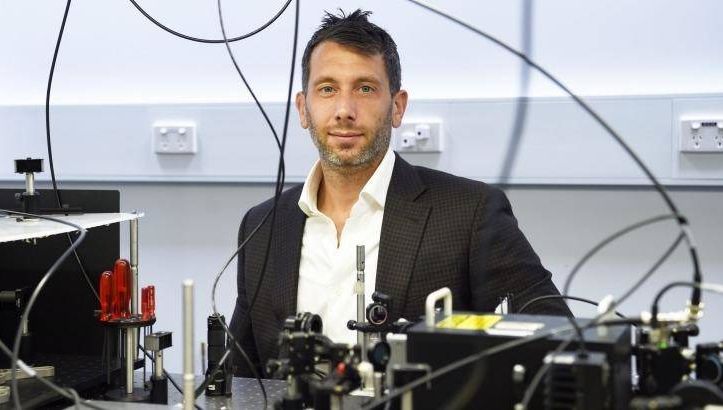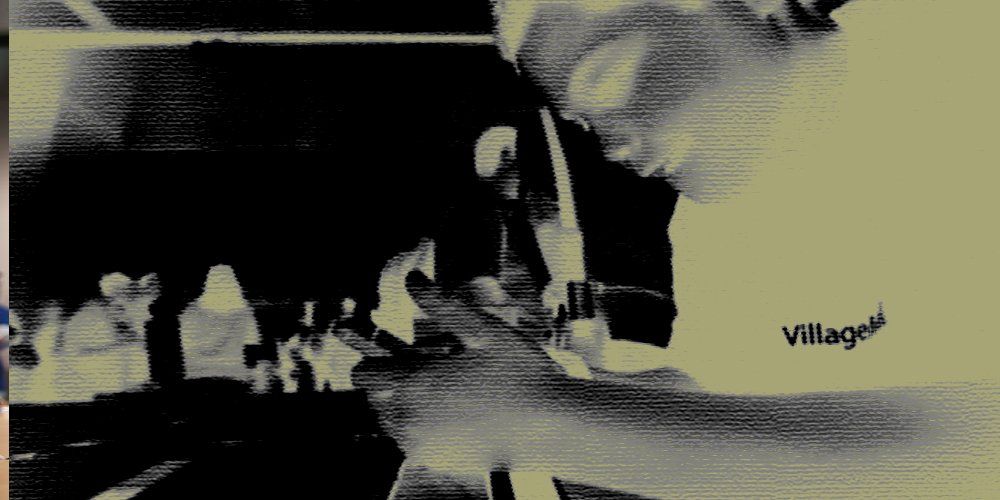Page 10917
May 3, 2016
How One High Schooler’s Summer Project Is Helping Doctors Understand Zika
Posted by Karen Hurst in categories: biotech/medical, education
May 3, 2016
Brain Cells Divide The Work To Recognize Bodies
Posted by Karen Hurst in category: neuroscience
Specific regions of the brain are specialized in recognizing bodies of animals and human beings. By measuring the electrical activity per cell, scientists from KU Leuven, Belgium, and the University of Glasgow have shown that the individual brain cells in these areas do different things. Their response to specific contours or body shapes is very selective.
Facial recognition has already been the subject of much research. But what happens when we cannot recognize an animal or a human being on the basis of a face, but only have other body parts to go on? The mechanism behind this recognition process is uncharted territory for neuroscientists, says Professor Rufin Vogels of the KU Leuven Laboratory for Neuro- and Psychophysiology.
“Previous research in monkeys has shown that small areas in the temporal lobes — the parts of the brain near the temples — are activated when the monkeys look at bodies instead of objects or faces. Brain scans tell us that these regions of the brain correspond to the ones activated in human beings. But that only tells us which regions are active, not which information about bodies is passed on by their cells.”
May 3, 2016
Watch immune cells ‘glue’ broken blood vessels back together
Posted by Karen Hurst in categories: biotech/medical, genetics, neuroscience
Very cool!
As we age, tiny blood vessels in the brain stiffen and sometimes rupture, causing “microbleeds.” This damage has been associated with neurodegenerative diseases and cognitive decline, but whether the brain can naturally repair itself beyond growing new blood-vessel tissue has been unknown. A zebrafish study published on May 3 in Immunity describes for the first time how white blood cells called macrophages can grab the broken ends of a blood vessel and stick them back together.
“Microbleeding occurs very often in the human brain, particularly in elderly people,” says Lingfei Luo, a developmental geneticist at Southwest University in China. “We believe that this macrophage behavior is the major cellular mechanism to repair ruptures of blood vessels and avoid microbleeding in the brain.”
To simulate a human brain microbleed, Luo and his colleagues shot lasers into the brains of live zebrafish to rupture small blood vessels, creating a clean split in the tissue with two broken ends. Then, the researchers used a specialized microscope to watch what happened next.
May 3, 2016
Augmented Reality Transforms Worker Safety and Efficiency
Posted by Karen Hurst in categories: augmented reality, innovation
AR working ; I cannot wait to see what we do with AR in many of the other enterprise apps.
Augmented reality is transforming field maintenance. With DAQRI Smart Helmet™, workers get real-time visual instructions, equipment diagnostics, and operational data, turning every user into a maintenance expert.
By combining DAQRI’s innovative design with Intel’s powerful technology, DAQRI Smart Helmet helps workers be more productive and less error-prone. As an example of how powerful augmented reality can be, Kazakhstan Seamless Pipe (KSP Steel) used the helmet to achieve a 40% increase in worker productivity and a 50% reduction in factory downtime.
Continue reading “Augmented Reality Transforms Worker Safety and Efficiency” »
May 3, 2016
Osterhout Design Group Teams with NuEyes for Solution to Help Those with Low Vision
Posted by Karen Hurst in category: augmented reality
I cannot wait to get a set for my mom.
In a partnership that could change the lives of millions of people, NuEyes, a pioneer in the field of low-vision technology, and Osterhout Design Group (ODG), maker of the world’s most advanced Augmented Reality (AR) smartglasses, today announced the availability of portable head-worn devices that c…
May 3, 2016
Quantum logical operations realized with single photons
Posted by Karen Hurst in categories: computing, particle physics, quantum physics
More insights around the logical quantum gate for photons discovered by Max Planck Institute of Quantum Optics (MPQ). Being able to leverage this gate enables Qubits in transmission and processing can be more controlled and manipulated through this discovery, and places us closer to a stable Quantum Computing environment.
MPQ scientists take an important step towards a logical quantum gate for photons.
Scientists from all over the world are working on concepts for future quantum computers and their experimental realization. Commonly, a typical quantum computer is considered to be based on a network of quantum particles that serve for storing, encoding and processing quantum information. In analogy to the case of a classical computer a quantum logic gate that assigns output signals to input signals in a deterministic way would be an essential building block. A team around Dr. Stephan Dürr from the Quantum Dynamics Division of Prof. Gerhard Rempe at the Max Planck Institute of Quantum Optics has now demonstrated in an experiment how an important gate operation — the exchange of the binary bit values 0 and 1 — can be realized with single photons. A first light pulse containing one photon only is stored as an excitation in an ultracold cloud of about 100,000 rubidium atoms.
May 3, 2016
US intelligence awards multimillion dollar grant to Sydney University quantum science lab
Posted by Karen Hurst in categories: neuroscience, quantum physics, science, security
All I can say is WOW!!!! US Security Intelligence awards contract to University of Sydney who is also partnering with China. Also, this should send a huge message to the university in the US that Sydney is kicking it.
The US office of the director of national intelligence has awarded a mutlimillion dollar research grant to an international consortium that includes a quantum science laboratory at the University of Sydney.
May 3, 2016
There’s a new thing called ‘fog computing’ and no, we’re not joking
Posted by Karen Hurst in category: computing
Enough said; glad folks are seeing the light — (no pun intended)
It could be the thing after cloud computing, if Cisco has its way.
May 3, 2016
Australia opens quantum computing lab in Sydney
Posted by Karen Hurst in categories: quantum physics, supercomputing
I am totally jealous right now!
Australia opened a new quantum computing lab at the University of New South Wales (UNSW).
This follows the government’s $26-million investment in the Centre of Excellence for Quantum Computation & Communication Technology (CQC2T) as part of the National Innovation and Science Agenda. The government’s investment is supported by $10 million each from Telstra and the Commonwealth Bank of Australia (CBA).
Continue reading “Australia opens quantum computing lab in Sydney” »
